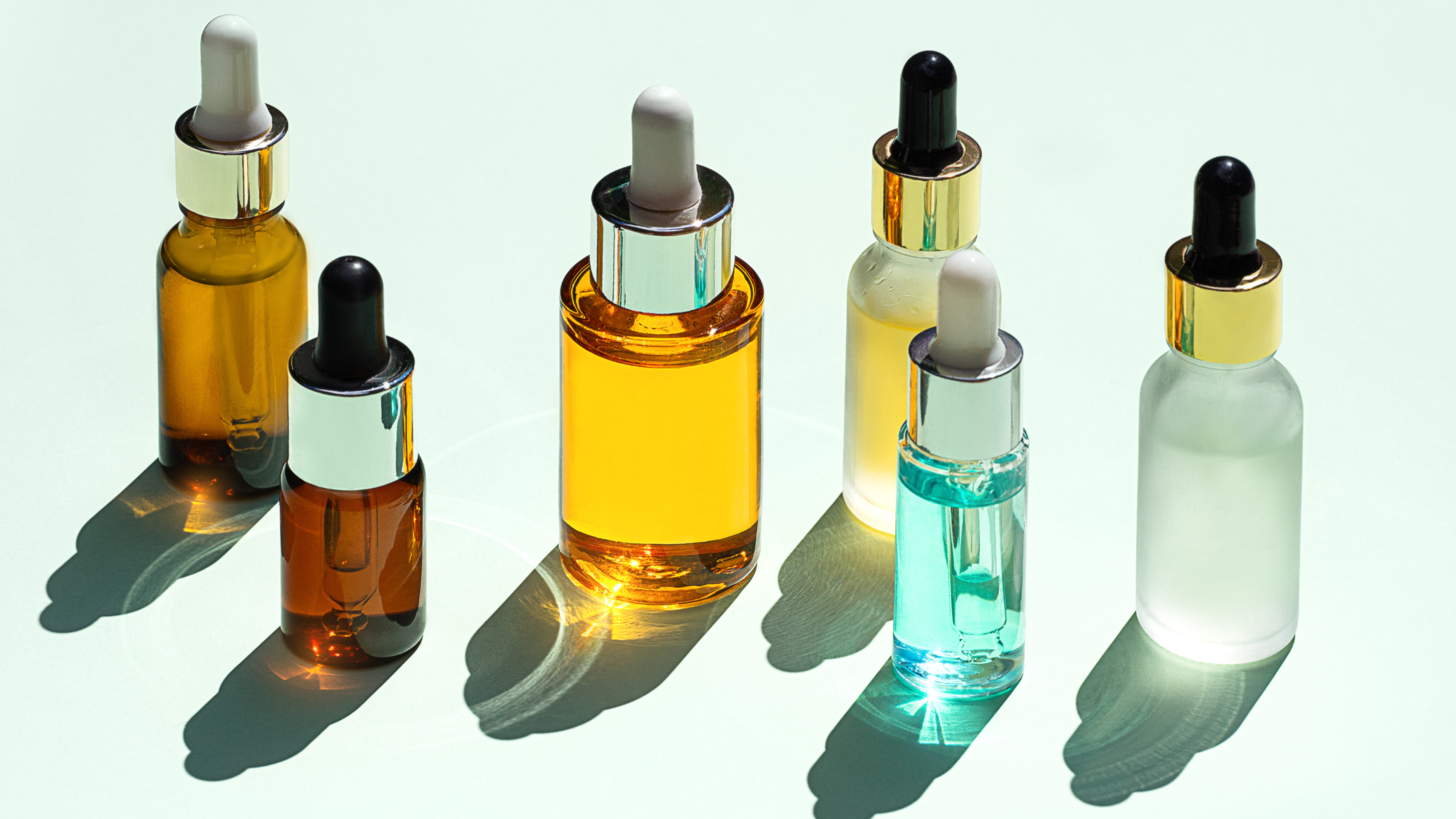Green Beauty vs. Clean Beauty: What’s the Difference?

(Photo: Iryna Veklich/gettyimages.com)
We’ve all heard the buzzwords for “green” and “clean” beauty products. But what do the terms green beauty and clean beauty actually mean? The Food and Drug Administration (FDA) doesn’t have a clear definition for these labels, and as a consumer, it’s hard to tell if these specially-labeled products are worth buying.
Is one product better than the other? Should people be buying “green” or “clean” beauty products? Or is it all merely a marketing trick? We spoke to industry experts to break down the hype and help you understand the difference between green and clean beauty.
The History of Green Beauty and Clean Beauty
According to Fabiana Reego, a beauty writer and founder of The Beauty Idealist, green beauty was the first of the two labels to appear.
“Green beauty was started by communities like No More Dirty Looks and Spirit Beauty Lounge over a decade ago,” Reego says. “This was largely in response to what many felt was a lack of transparency and education on the ingredients in beauty products. Green Beauty is a considerably more stringent standard that most mainstream brands and retailers are unable to abide by, as they focus a lot on active, plant-based ingredients, and eschew synthetic inactive ingredients.”
Clean beauty came onto the scene more recently, used to describe products that are formulated without certain potentially-harmful ingredients. While these companies often also uphold certain sustainability standards, it’s not per se part of being “clean.” Retailers like Sephora and Credo Beauty have picked up the “clean beauty” buzzword, making these products more mainstream, affordable, and easily accessible.
Green Beauty and Clean Beauty Defined
Ever wonder why green beauty and clean beauty seem to be used inconsistently? Well, as Reego explains, “There isn’t a set definition behind these terms, and you’ll see them used differently.”
But there are some guidelines that can determine whether a product falls into the “clean” or “green” category. “Generally, there are lists of banned or non-approved ingredients, and green beauty is more stringent than clean beauty in terms of ingredient standards,” Reego notes. “For example, both clean beauty and green beauty usually shun products formulated with paraben preservatives; the preservative phenoxyethanol is pretty prevalent in clean beauty, [but] it’s generally not used by green beauty brands.”
Or, as Reego summarizes: “Green beauty brands can be considered clean beauty, but clean beauty isn’t always green beauty.”
Now if that doesn’t add to the confusion, Ayssa DiPietro, founder of Miami Beach Bum, agrees that “both terms often mean different things to different companies in the world of beauty marketing.”
DiPietro states, “At the most basic level, clean beauty refers to products that do not include potentially toxic and harmful ingredients like parabens, carcinogens, hormone disruptors, formaldehydes, etc. Green beauty puts an additional focus on how eco-friendly (or sustainable) an entire supply chain is, from ‘clean ingredients’ to sourcing, manufacturing, packaging, and shipping.”
To sum it up, both green and clean products have similar meanings and generally exclude harmful or toxic ingredients. Green beauty can go further, though, to include how the product is manufactured and supplied.
Since there are no industry regulations set by the FDA the best approach is to take each product and company on a case-to-case basis. Look at their mission statement. Some companies incorporate “clean” ingredients into their products and practice “green” packaging, manufacturing, and shipping. If that attracts your attention, go with those companies. When they release a new product, determine if that product fits your individual needs and beliefs.
DiPietro advises that green beauty products tend to have a more holistic view of a brand and its values since the supply chain factor is incorporated in their mission and philosophy. However, “consumers have to be conscious about what claims are being made and do their own research,” adds DiPietro.
What to Look for in Green and Clean Beauty Products
Do Your Research First
“Educate yourself. You have to do your own research for what products you’re comfortable using,” Reego explains. “Just because products might exist within the same category, it doesn’t mean they have the same approach to formulation. For instance, there are some green beauty brands where it’s just a blend of plant oils, and then there are lines like Marie Veronique and YÜLI that make quite elegant, sophisticated, and scientifically-advanced skincare, that can go toe to toe with any clinical brand.”
Understand Clean vs. Toxic Ingredients
The Environmental Working Group (EWG) is a great resource. DiPietro suggests looking at the EWG’s ingredient rating system, which lists ingredients from a 1 (not harmful) to 5 (evidence of harm) and provides links to the research including a summary of health concerns.
Brands can also pay for third-party testing certificates to ensure quality and safety of the ingredients used. In addition, “organizations also regulate for carbon neutral, vegan, organic, and cruelty-free claims,” explains DiPietro, by putting those labels on the packaging. Retailers may have their own policies on what they put in the “clean” category as well; Sephora publishes a list of ingredients that, if present in a product mean that item cannot carry its “clean at Sephora” seal.
“A great benefit from this entire movement is that we’re having more conversations about ingredients, and it has made us more conscious about our beauty choices. As a result, I think the industry, in general, is formulating more responsibly regardless whether it’s green beauty, clean beauty, or a traditional beauty,” concludes Reego.
RELATED: What You Need to Know About ‘Cruelty Free’ Beauty
Get more of what you love from VT. Follow us on Instagram, Facebook, and Twitter.